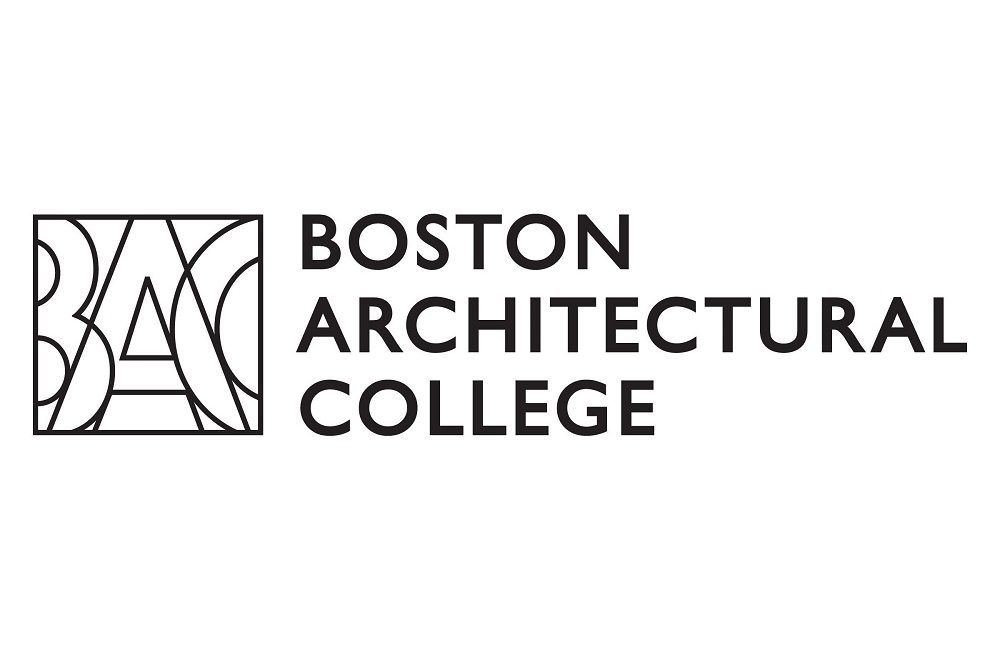
This exhibit Black Spaces Matter showcases the abolitionist neighborhood near the New Bedford Whaling National Historical Park. This neighborhood, which was the home of many African-Americans, white and black abolitionists, and former slaves, provides a lens through which we may study interracial aspects of American cities. Massachusetts abolished slavery in 1783, more than 80 years before the Thirteenth Amendment; however, federal law supporting slave owners superseded this law and there were cases of slaves being “reclaimed” from Massachusetts in the years that followed. A strong network of abolitionists, both black and white, gave New Bedford its claim to fame that no slave was ever forcibly “reclaimed” from it.
New Bedford’s architecture reflects a period of relative racial equality and tolerance in “the city that lit the world” during its whaling boom. This neighborhood includes a mixture of Gothic Revival, Federal, Greek Revival, and early Italianate homes, as well as modest cottages. Important historical figures, such as Fredrick Douglass and Lewis Temple, resided in these homes.
In recent years there has been a growing body of literature on race and architecture; however, this scholarship has focused mostly on the negative side of such built environments; lacking is an in-depth exploration of the form and function of interracial neighborhoods. This exhibit celebrates the aesthetics and architectonics of a neighborhood where many former slaves lived side-by-side with the rest of the population and engaged multiple aspects of the city’s interracial architecture. Through this exhibit, local New Bedford experts along with students and faculty from UMass Dartmouth and the BAC will reveal a lesser-known progressive interracial neighborhood in the United States.
Black Spaces Matter is at the McCormick Gallery of Boston Architectural College (320 Newbury St.) through Jan 29, 2018. Special reception and panel discussion on December 1, from 5:30-7:30 PM.


